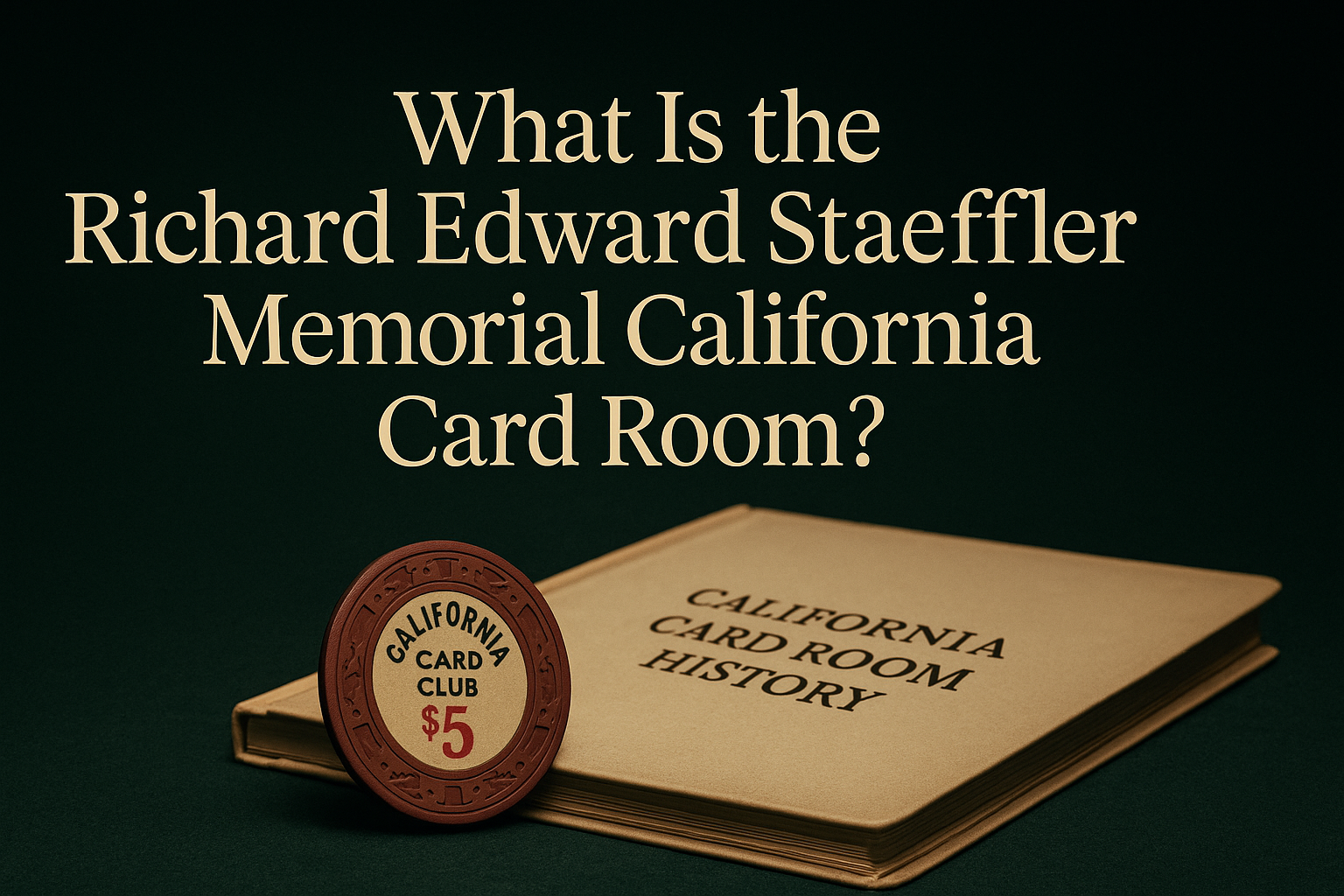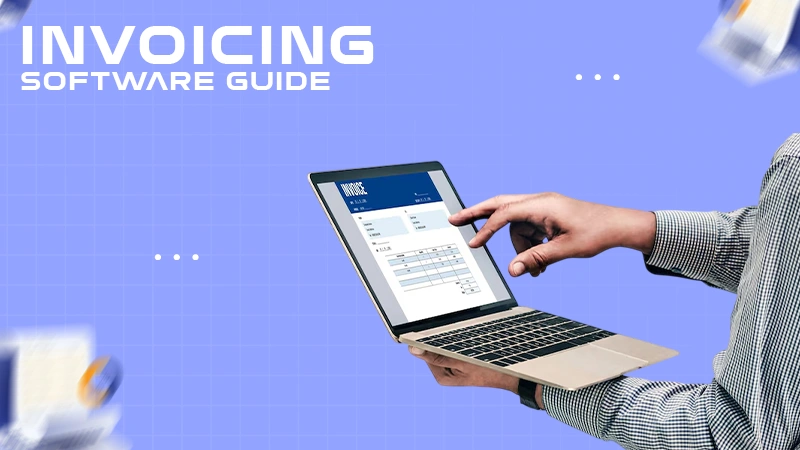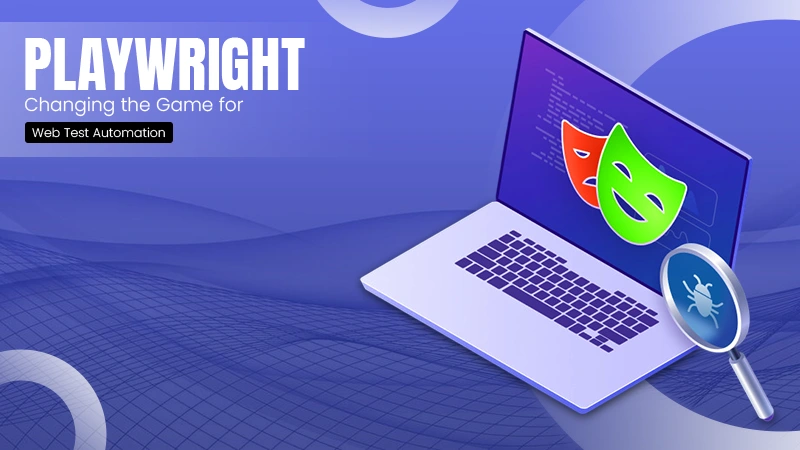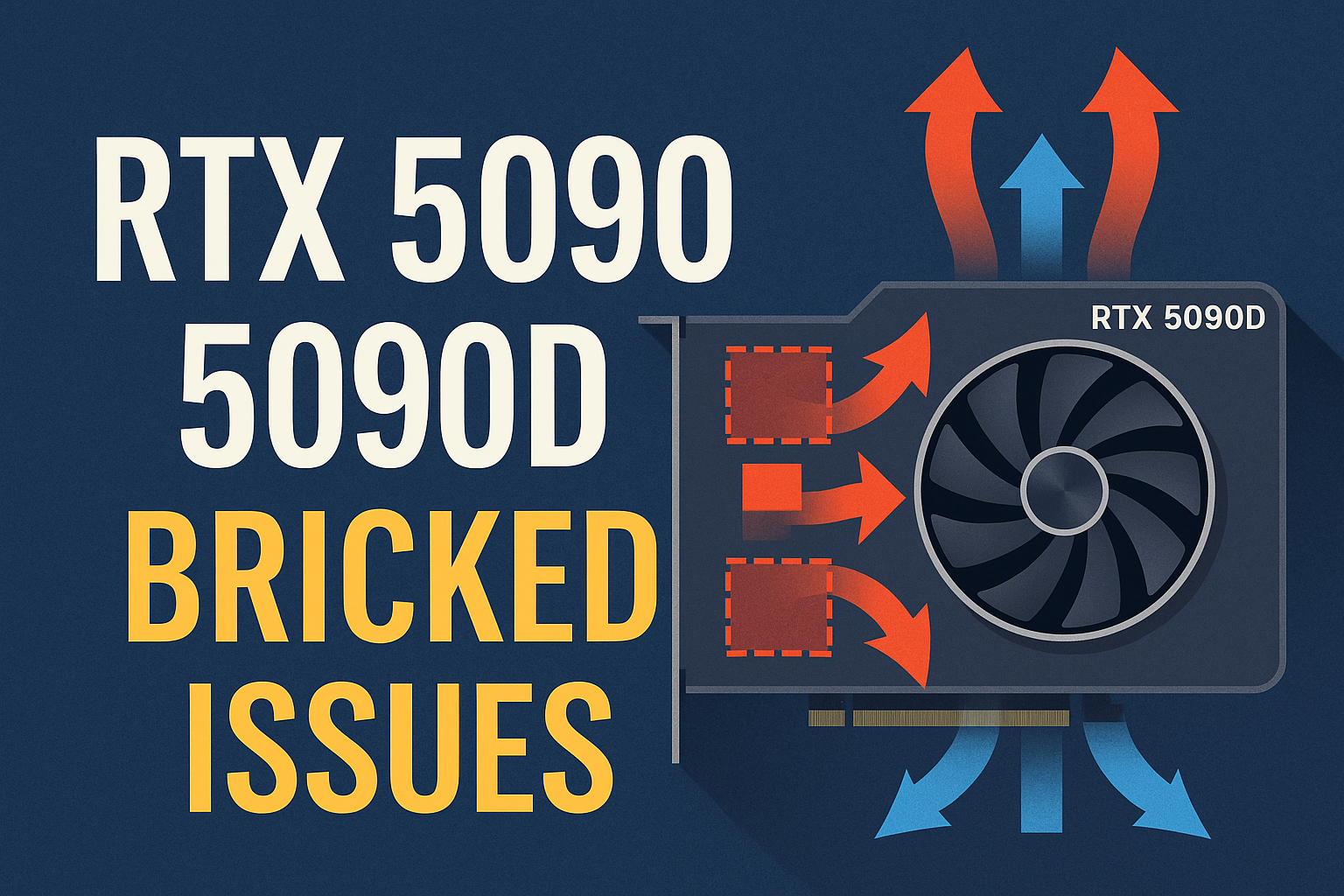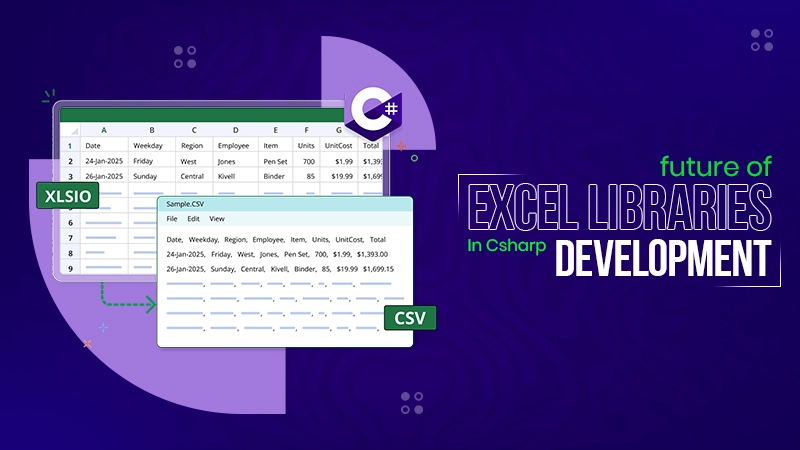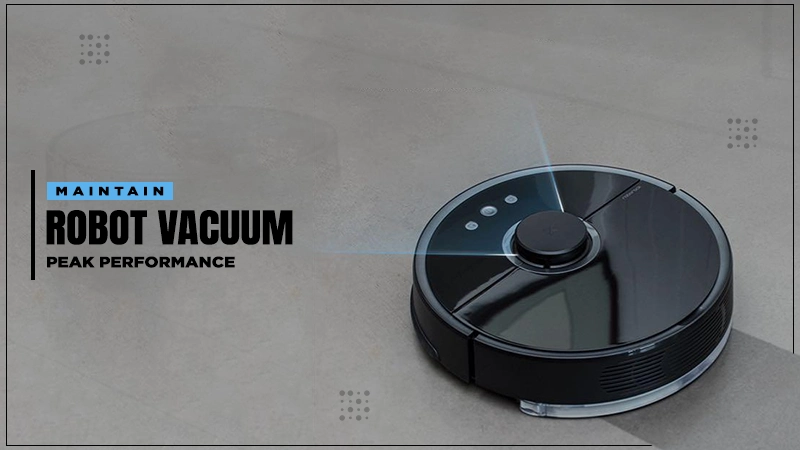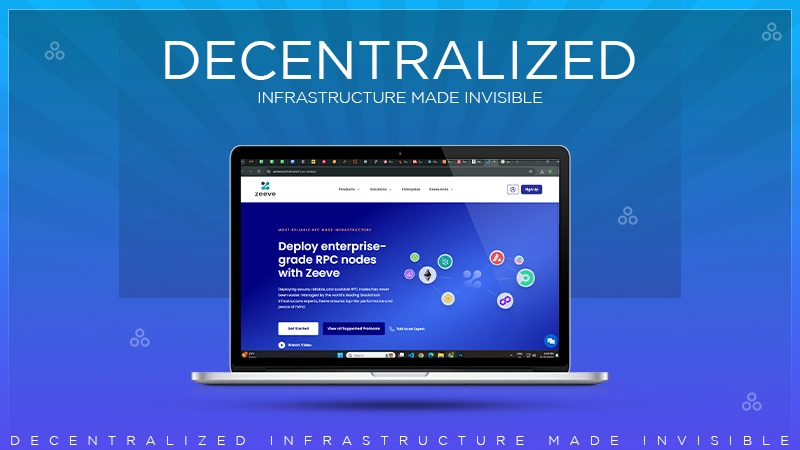Creativity is no longer limited to human imagination alone. With the rise of Generative AI, industries are witnessing a new kind of creative revolution, one where machines and humans work together to produce ideas, designs, and innovations that were once thought impossible. From art and design to marketing, healthcare, and software development, Generative AI is pushing the boundaries of what creativity means in the digital era.
Generative AI refers to systems that can create new content: text, images, music, code, and even 3D models, by learning patterns from existing data. But its true power lies in collaboration. It’s not replacing human creativity; it’s expanding it. Professionals who understand how to use this technology are gaining a significant edge in their industries, which is why interest in learning through an agentic AI course is growing rapidly.
A New Era of Creativity
Generative AI is transforming the way creative processes work. Instead of spending hours brainstorming or designing from scratch, professionals can now use AI tools to generate new concepts, explore alternatives, and refine outcomes quickly.
For example:
- Designers can generate dozens of visual options before choosing one to refine.
- Writers and marketers can create personalised content that resonates with different audiences.
- Developers can use AI to speed up coding and product design.
As one design strategist recently said, “Generative AI doesn’t take away creativity; it multiplies it by giving you endless starting points.”
Key Industries Being Transformed by Generative AI
The influence of Generative AI extends far beyond tech companies. It’s reshaping creativity across multiple fields:
1. Advertising and Marketing
Generative AI is helping brands create personalised campaigns at scale. From ad visuals to taglines and social media posts, AI tools can suggest creative variations that match audience preferences. This allows marketing teams to focus more on strategy and storytelling while AI handles the repetitive work.
2. Design and Architecture
In design, AI can analyse user preferences and generate multiple layouts, colour schemes, or product models in seconds. Architects are using it to explore new forms and structures based on environmental data, making design more adaptive and sustainable.
3. Entertainment and Media
In films, gaming, and music, Generative AI is being used to write scripts, generate background scores, and design virtual worlds. These tools give creators new ways to experiment with storytelling and artistic expression.
4. Software Development
AI-driven coding assistants are helping developers write cleaner code, debug faster, and build innovative solutions. It’s changing how tech teams collaborate, and developers spend more time innovating and less time on repetitive tasks.
5. Healthcare and Life Sciences
Generative AI is aiding researchers in discovering new molecules, creating medical imagery, and improving diagnostics. In healthcare communications, AI-generated visuals and simulations are also making patient education more effective.
The Role of Agentic AI in Creative Workflows
While Generative AI focuses on creation, Agentic AI takes it a step further by adding reasoning and decision-making capabilities. An AI agent doesn’t just generate; it acts, tests, and learns from outcomes.
For creative professionals, this means:
- AI tools can autonomously test different designs or content variations and pick the most effective one.
- Marketing teams can automate campaign optimisation based on real-time engagement data.
- Product designers can simulate multiple use cases before finalising a design.
As interest in the agentic AI course grows, professionals are starting to see how these systems can make creativity more efficient, data-driven, and impactful.
Why Professionals Should Learn Generative and Agentic AI
The creative economy is shifting. Those who understand how to work with AI will stay ahead, while others risk being left behind. Upskilling through a generative AI course helps professionals learn how to:
- Use AI tools to accelerate creative thinking.
- Integrate AI-driven insights into their workflows.
- Collaborate effectively with AI systems rather than viewing them as replacements.
- Understand ethical and practical aspects of AI-driven creation.
By combining human intuition with AI’s speed and pattern recognition, professionals can unlock entirely new possibilities.
Expert Insight: Creativity in the Age of AI
Many experts believe that the future of creativity is not man versus machine; it’s man and machine. Generative AI is not here to replace artists, designers, or innovators; it’s here to amplify their ideas.
A creative director at a digital agency summed it up well:
“The best ideas still come from people. AI just helps us reach them faster.”
The human element, empathy, emotion, and context, remains irreplaceable. Generative AI simply removes barriers, freeing creators to focus on the parts of their work that matter most.
Challenges and Ethical Considerations
While the potential of Generative AI is immense, it also brings new responsibilities. Questions about originality, ownership, and ethical use of AI-generated content are gaining attention.
To ensure AI supports creativity rather than diluting it, professionals need to:
- Credit original data sources and inspirations.
- Use AI tools responsibly and transparently.
- Maintain human oversight in decision-making.
As organisations integrate AI deeper into creative workflows, the focus should always remain on integrity, authenticity, and human-centred innovation.
Conclusion: A Creative Future Powered by AI
Generative AI has opened the door to a new era of creativity, one where ideas flow freely between human imagination and machine intelligence. Across industries, it’s enabling faster innovation, deeper insights, and more personalised experiences.
For professionals eager to be part of this transformation, enrolling in a gen AI course can be a powerful step. These programs help learners understand the technology, explore its creative potential, and apply it meaningfully in their work.
In the end, the future of creativity isn’t about AI taking over; it’s about humans and AI creating together, redefining what’s possible in every industry.

